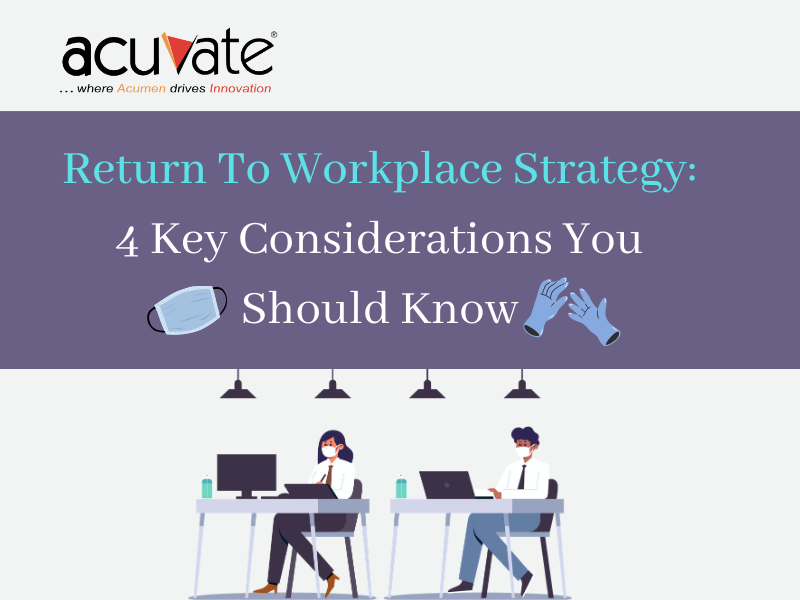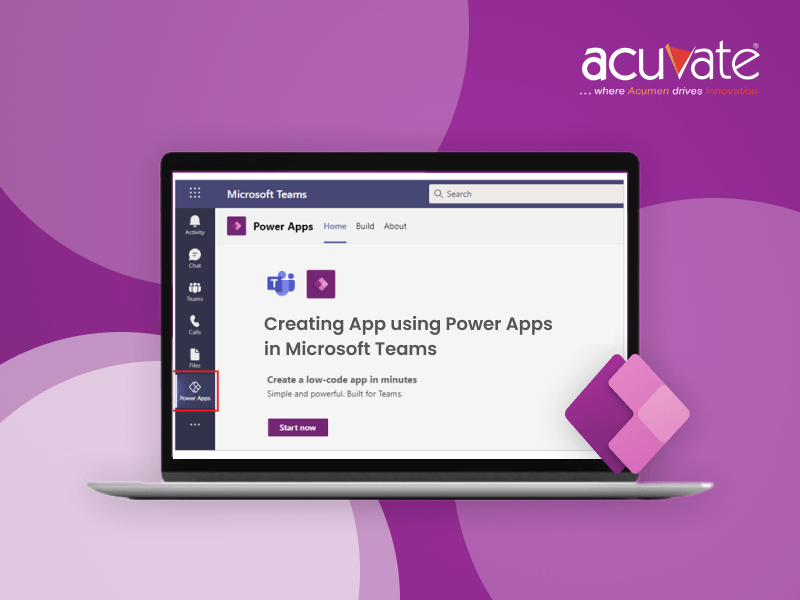The COVID-19 pandemic has pushed companies to facilitate work-from-home for their employees. What used to be a perk has become a necessity in today’s unprecedented times. 49% of the businesses surveyed by PwC say that they’re planning to make remote work a permanent option for their workforce as long as the health crisis continues.
As lockdowns come to an end, planning a reliable return-to-workplace strategy is also imperative to transition safely and efficiently. The management and the HR leaders have to consider how they will start recalling their employees back to the workplace whilst ensuring safety.
New ways of working have to be explored and smart workflows have to be adopted. In this blog, we will explore how businesses can put together a definitive workflow to maintain social distancing, ensure operational continuity, manage seat allocations, and communicate with employees.
Asking the right Questions
1. How to ensure Health and Safety of our employees first?
Develop a plan to address and help mitigate workplace illness
On a moral, ethical, and legal ground, the health and safety of the workforce should be the management’s top priority in reopening offices, factories, and distribution centers. In the next few months, the HR department will shoulder the huge responsibility of easing employees back to work safely.
Many HR personnel have highlighted the need to change the workplace layouts by moving the work stations farther apart or changing the operations times to limit direct people-to-people exposure. They also realize the need to proactively seek out and address the concerns and fears of the employees to ensure high collaboration whilst maintaining social distancing. According to PwC, the onus will be on them to set up new protocols for regular cleaning and sanitization, building guidelines on the use of equipment, and establish and enforce governance rules related to temperature checks, masks, and gloves, and recovery policies, etc.
Setup coronavirus-specific operational and legal control measures
Disrupted supply chains and reduced sales underline the importance of assessing risk in these times of uncertainty. Businesses must leverage enterprise-wide capabilities to monitor their legal and operational exposure to set up effective control measures for a successful return-to-workplace strategy. For instance, they will need to set strict guidelines for all suppliers and vendors who come into direct contact with the employees or facilities.
Furthermore, as the lockdown restrictions will presumably not be eased in unison, businesses must prepare for a range of scenarios based on the locations of their critical operational facilities. Compliance with the changing regulatory requirements must be ensured at these different locations.
2. How can we prepare our employees to thrive in the new normal?
Leverage technology
For the past few months, most businesses have struggled to streamline communication and collaboration across their remote workforce. This can be attributed to a lack of investment into critical technology infrastructure such as RPA, cloud VDI, and modern intranets amongst others, forcing them to rely on legacy systems. Therefore, as employees return to the workplace, businesses should consider investing in technologies that can enable social distancing through virtual communications for all meetings, information sharing, or informal chats.
Learn more: Essential Apps For Enterprises To Fight The COVID-19 Disruption
Most organisations have now been able to provide for remote connectivity with VDI and upgrading their core infrastructure, now it’s about how to ensure productivity of the employees.
To this end, it is imperative that businesses also unify their disparate digital platforms – CRM, ERP, CMS, Office365, and DAM, etc. By centralizing the technology architecture, they will be able to improve flexibility for changing business needs and accessibility for all employees.
Effective employee training
As new work practices are introduced into workplaces, businesses should expect issues to arise and, hence, must be prepared to address them. The transition to new ways of working will not be overnight as employees require time to adapt. Therefore, adopting new technologies is not enough, businesses also need to provide effective training to ensure the success of their return to workplace strategy.
The HR departments, specifically, can ensure an effective return to workplaces by enabling the employees to successfully incorporate the new social distancing-powered protocols. They can highlight success stories, provide specific guidance to help reduce the workforce’s emotional, physical, and mental stress, collect feedback regularly, and collaborate with subject-matter experts.
3. What can the employees do?
Without the commitment of the employees, even the best return to workplace strategies are likely to falter
For the essential workforce that’ll be returning to offices, a mindset shift is required as they adjust to the new physical layout and altered work schedule. Therefore, the onus will be on the HR personnel to streamline communications between the management and the employees. They will have to ensure that the employees understand what’s being asked of them and that the management understands the employee feedback and concerns.
According to Gartner, 58% of the surveyed HR leaders believe that their most critical role in the return-to-work environment is monitoring and managing a healthy 2-way communication between the employees and the management. They realize that this can strengthen the corporate culture, enhance productivity and loyalty, and enable the management to build a clear, shared vision to unite business processes across all levels.
4. How can we build a culture of empathy?
The management will have to take the lead in demonstrating compassion. They must get into the employees’ shoes and look at the situation from their perspective. Some of them could have underlying conditions that make them more vulnerable to contracting COVID-19 and some others might have caregiving responsibilities they can’t leave behind. It’s imperative that the management pays attention to their reality.
Therefore, the management, alongside their HR departments, should be open to, for instance, reevaluating the performance metrics, especially for the knowledge-based essential workers, to account for the individual constraints and comfort levels. The productivity of knowledge workers shouldn’t be measured in time but measured on the basis of idea generation, relationships, and competitive advantages and disruptions. This flexibility may appear counter-intuitive to business continuity in the short-term but, in the long run, this will lead to a stronger culture and enhanced innovation, collaboration, and loyalty.
Conclusion
It’s irrefutable that the way businesses bring their employees back is going to have a huge impact on their culture and performance for years to come. Therefore, businesses must ensure that they’re getting relevant and timely information to successfully develop, execute, and modify the return-to-work strategies.
HR and workplace leaders globally are using Acuvate’s Return-to-Workplace Apps to manage this transition safely and efficiently. Our solution helps you manage office slot booking, attendance & medical checks, visitor management, social distancing & contact tracing, safety gear detection, and employee engagement. Learn more about its capabilities in this short video.
If you’d like to learn more about this topic, please feel free to get in touch with one of our experts for a personalized consultation.




